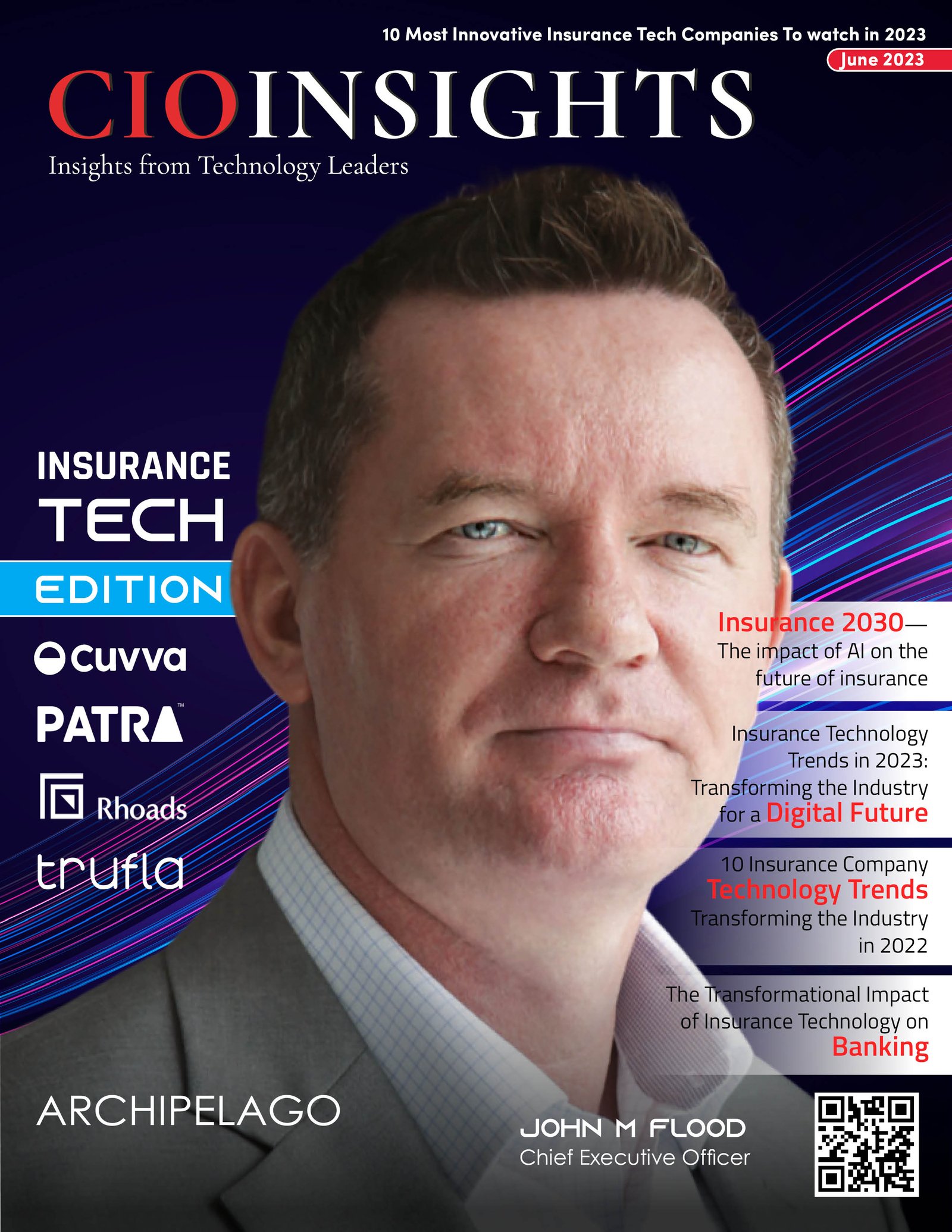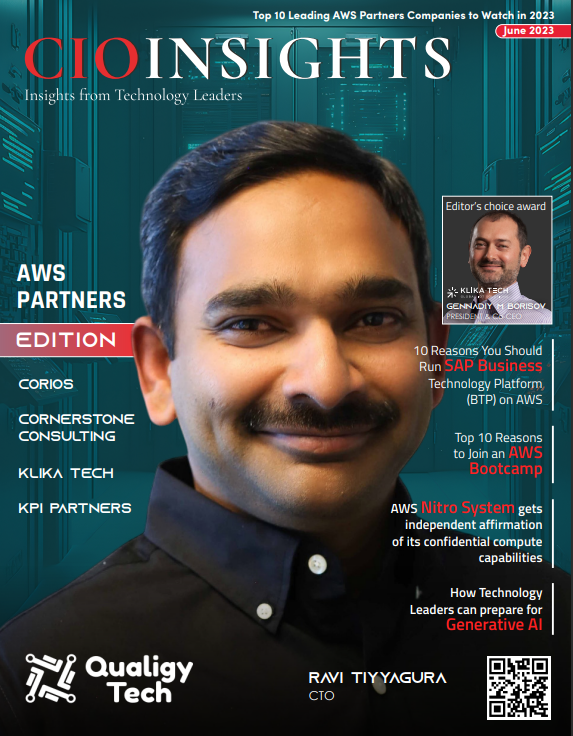A Journey of an Enterprise Architect: Signing up for life-long learning

Returning with the next take - I often hear, it is difficult to become an enterprise architect or to characterize what it actually means. The area of enterprise architecture seems unclear, experience required, and a potential career pathway seem blurry (and I would agree here).
Maybe it’s because seeing Enterprise Architecture as a holistic enterprise planning discipline is a huge field of play, and there are many other types of architects and their interaction levels are often mixed up. There are many different flavors, and I would suggest that everyone in the organization takes a path towards architectural thinking (or enterprise design) to make it everyone’s effort towards sustainable firm success. In reality that’s not the case (at least at the moment). Traditional education at school and university is not helping with that understanding in a broader sense (at least in Europe).
Besides, there are many schools of thought in the area of managing businesses and related architectural thinking. Just imagine the difference in perspective between a business architect for wealth management, a Salesforce CRM architect, and an IT infrastructure/cloud architect.
The article outlines a possible learning path to evolve your career towards a unique set of competencies. It consists of two parts, first one suggests a frame for the enterprise architect role (as an example for architect roles), second one elaborating on a possible learning path evolving along a 5-step approach. These could be adapted for other architect roles according to focus of their work (business/ IT orientation) and impact/horizon (strategic to operational).
The Enterprise Architect
Ongoing digital transformation with high volume and variety of customer interactions and evolving partner ecosystems with rising numbers of e.g. partners, stakeholders, interactions, devices, applications drive complexity and demand for enterprise architecture. It supports connecting the dots and driving strategy execution based on business strategy outlined.
Enterprise architects drive business and IT strategy alignment and solve critical challenges on enterprise level. They identify, assess, and solve, most likely a mix of business and IT related, critical challenges for the stakeholder of interest to meet their key objectives. Stakeholders include e.g. COO, CIO, CTO and other executives.
Enterprise architects share a couple of beliefs about managing businesses and architectural thinking including e.g. seeing an enterprise as a complex construct of many different/dynamic things, holistic planning is the key for executing strategy in large scale enterprise ecosystems, and connecting the dots in combination with a people / stakeholder centric view will support to solve.
The EA role demands a combination of strong analytical and communication skills pared with a driving mindset (see below). The role is a very interesting but demanding one, and talent remains scarce throughout the job market.

Backgrounds and professional experience are often quite diverse incl. business analysts, ex-consultants, IT specialists or delivery leaders, most with strong academic education and professional experience.
Addressing the value of an architect, their contributions and impact. First of all, they most likely act as trusted sparring partners with relatively little bias towards certain one-way solutions. Discussions on trade-offs and controversial perspectives should be possible.
They help with enterprise transformation planning (along strategy and execution, business and IT alignment) and support solving key challenges. These challenges occur in a broader context of business dimensions and related objectives to achieve like e.g. driving growth (omni-channel mgmt., customer journey, new products), cost control (application portfolio rationalization, portfolio assessment), risk mitigation (data & security compliance, technology risk management), and complexity reduction (post-merger integration, BU reorganization).
They support with a wide range of activities in the field of planning. These could be categorized by stakeholder focus (technology to business), or with a perspective on the type/ horizon (general to specific). As lead architects they are often orchestrator in the complex situation between business partner (strategic goals, key demands) on the one side and IT delivery manager on the other side.
Common work products are business capability models, related target states and roadmaps. The actual setups existing today often still remain with a focus more on IT / technology side with IT principles, roadmaps and app landscape and portfolio related work like app decom, technical dept mgmt. etc.

The deliverables should be embedded in the problem-solving process, otherwise they don’t serve the process and creating them doesn’t make sense. They could be used to highlight critical areas or distribute work/scoped areas towards teams. Also remember, these are never exclusive deliverables of EA, most likely you have seen these in other areas, just providing a range of possible things to use in the process.
Feel free to check the section “Define and evolve EA services” in my other article on “Capturing Value from Enterprise Architecture”.
Learning Path Planning
If you ask 10 architects, you might get 15 suggestions on how to evolve towards a well-respected lead architect and thought leader in your field. Once again, take this as food for thought and design your own way according to your ambitions and context.

Aspire and Envision Your North Star
First you might want to think about your target in form of the area of expertise and positioning. Most likely that might not be fully known in the beginning, when you start supporting architecture work. Maybe you have an idea around the industry you like to explore and drive or the domain (topic) or a special function. It can be one or a mix, but it should give you a good feeling and a target to evolve towards. It could be more transactional in the beginning (understand a topic, deliver one piece of work), then evolve towards a clearer picture. You should feel connected and like to explore the area and all connections related.
Example:
- Project: Plan optimization of the CRM of a construction company to enhance customer interactions
- Broader sense: Drive integrated business technology planning in construction industry
And remember, it is a decision to take on the idea of architectural thinking and rise along a long-term journey. You could set yourself principles) to frame your path and guide your way. Please find a couple of suggestions below.
- Start supporting & driving architecture work, you will learn with every task
- Signing up to life long and heavy learning
- You will be overwhelmed (quite often), deal with it in your individual way
- You will see and recognize a lot of new / different things every day, week, month, and year
- A specialization industry, function-or tech discipline supports to have an anchor
- It's a tough walk to keep up with developments in particular business and tech space of interest
- Find a guiding structure / or build one framing your learning path
- Evolving step-by-step, learn something every day (#habits)
- Take time to deep-dive & think through on your own (and come back to the topic multiple times)
You could select a first go-to e.g. along your favorable industry, function and a “bucket” of target roles. Examples for common career paths for architects are explained in the last section. Update your vision / north star along the path when you feel it needs a shift in mindset.





